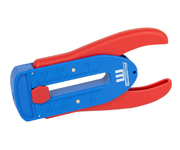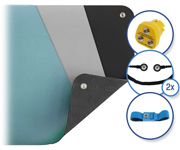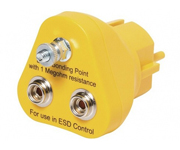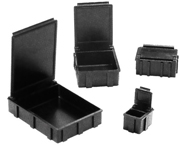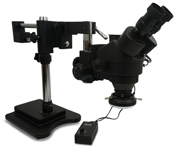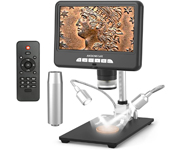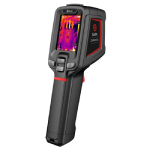There are two types of soldering points for sale: active and passive points.
An active point has an integrated heat element and temperature sensor.
A passive point is only a metal object that is pushed over a heating rod.
What are the advantages of an active point?
There is a difference between the actual point temperature and the set temperature during soldering. Depending on the type of heating system and the mass/size/shape of the soldering point, this temperature difference can be considerable. In that case it is sometimes necessary to set the temperature higher. The disadvantage, however, is that the soldering tip burns earlier.
In order to be able to solder properly, it is important that the soldering iron accurately controls the temperature at the tip and keeps it at the right level. For this reason there are active points for sale: points with an integrated heat element and temperature sensor, where the temperature sensor is placed as close as possible to the point.

The graph above shows the difference between a conventional system and an active system (in this case JBC). All JBC stations, including the popular CD-2BQE and BT-2BWA are equipped with this. In addition, these stations have an extremely fast warm-up time of up to 350 degrees of 2 seconds.

Active system |

Passive system |
Aoyue also has an active points system (copied from JBC) that offers similar advantages. This can be found in the 2703A+ station. Eleshop also offers the friendly priced ELE-T12A station.
What are the advantages of a passive point?
The advantage of the passive points is that they are cheaper than the active points. This is logical, because the complete heating element and the temperature sensor are always replaced at an active point. With a passive soldering system, it only needs to be replaced when it is worn out.







